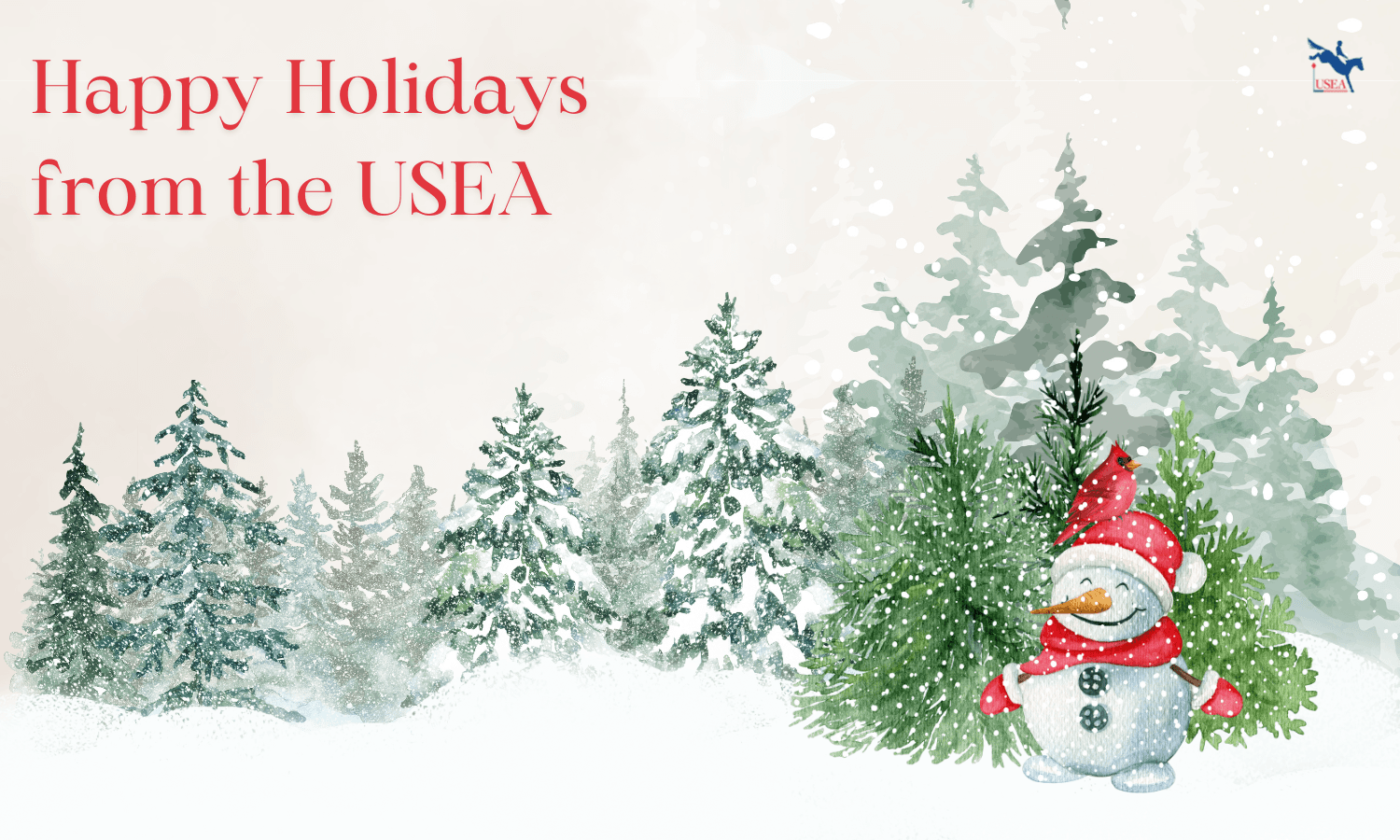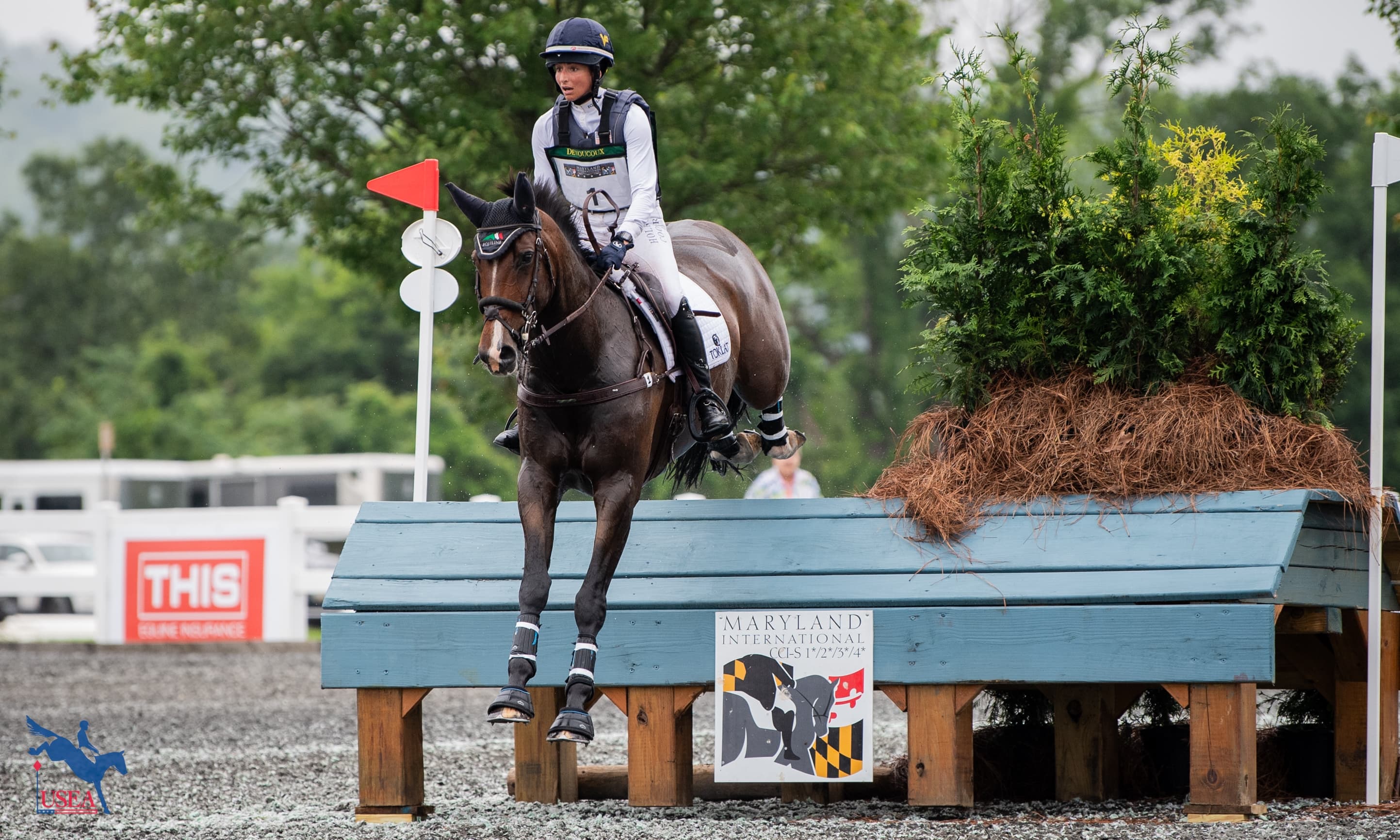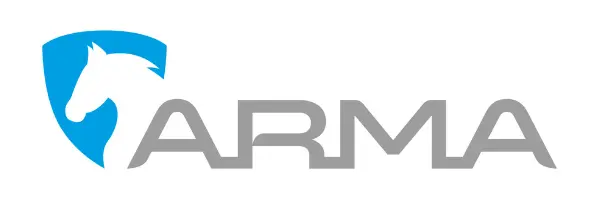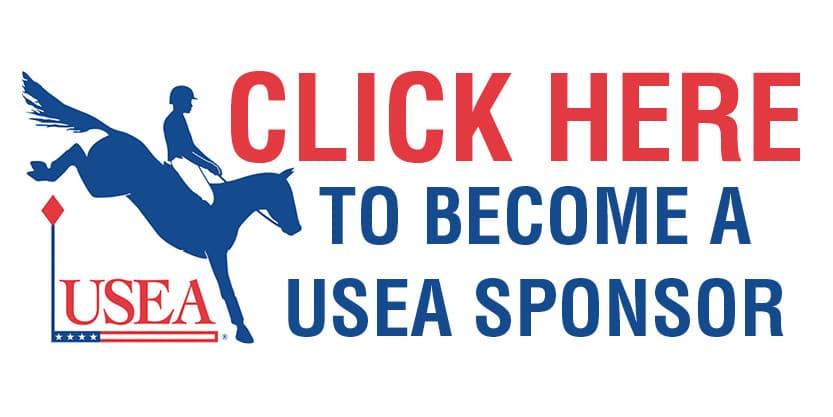Introducing the Half Halt To Your Off-The-Track Thoroughbred With Whitney Weston

Whitney Weston began her eventing career in the heart of Area II in Pennsylvania where she attended Bryn Mawr College and was a working for some of the top riders in the sport including Susie Beale and Phillip Dutton. After studying abroad and actively competing in Europe, Weston returned home to the United States to work and train with Bruce and Buck Davidson. Currently, Weston resides in Southern Pines, North Carolina, where she teaches, rides and trains horses and riders at her own Southern Pines Riding School while still maintaining an active competition schedule. With her positive approach focused on both horse and rider, Weston is able to confidently take young horses up the levels while still making everything a fun learning experience.
It’s not only professionals that have the dream of bringing up a young event horse from the track, many amateurs share this goal as well. Off-the-track Thoroughbreds are built of heart, and have a lot to offer to riders of all experience levels. Weston explains that most Thoroughbreds who come off-the-track are confused and excited about their new job and that can be potentially very scary to an amateur in the beginning. But she continues that when you begin the re-training process, you are literally speaking a different language to them than what they had been previously taught and the first thing you need to do is to get on the same page.
Weston mentions that when you purchase your new horse off-the-track, you need to really get a sense about what their life was like there and how they were trained. It’s important to remember that racehorses are ridden by jockeys that have their legs up so high that the horses aren’t used to feeling leg pressure low on their sides at all. Additionally, the jockeys can sometimes balance on the horse’s reins so the horse is used to bracing against them. These core ideals need to be completely re-trained, and it’s important to stay patient in order to create effective communication between you and your horse.
It’s important to have in mind that to your ex-racehorse, pulling on the reins means to go faster. The simple concept of the half halt is the squeeze and then release. To your Thoroughbred, when you execute the squeeze and release in rhythm they will need to take a minute to understand what you’re asking. It’s not the actual tug that slows the horse. It is in the release of rein pressure after the tug that really get’s the horse’s attention.
Weston likes to introduce this half halt concept into downward transitions on a circle, but make sure that first your horse has the spiral in/out concept from your groundwork on the longline! Weston likes to spiral in and out on the circle into each transition because that encourages the rider to keep soft leg pressure on the inside ribcage. Since the horses tend to brace going forward and back, thinking about moving them laterally tends to break up some of the resistance.
Weston continues by explaining the exercise. Start your horse on a right hand circle at the walk and keep a bit of an opening right rein. By closing your inside leg, they should move away from the pressure (and keep a slight inside bend), and as they do, close your hand into that half halt to ask for a halt. This exercise teaches your horse to accept your leg, even in downward transitions. Your horse uses its energy to go the side instead of forward. If your horse continues to brace into the transition, just persist with your half halt until they soften into the halt. Once your horse understands this transition, work your way up to trot-walk and eventually canter-trot transitions on the same circle.
As your horse accomplishes this question, be sure to offer praise by softening your leg and your hand, along with a pat. You always want to make sure they are rewarded for performing the movement correctly!
To learn more about Whitney and her program, please visit her website: http://www.whitneywestoneventing.com/














